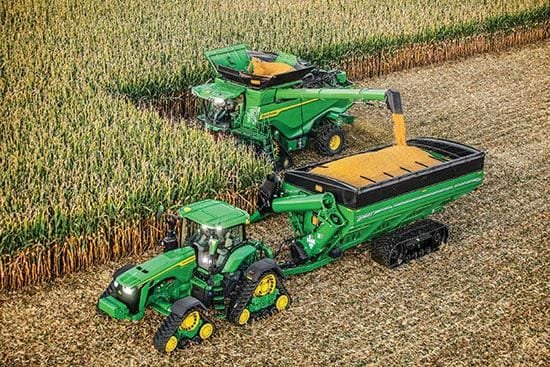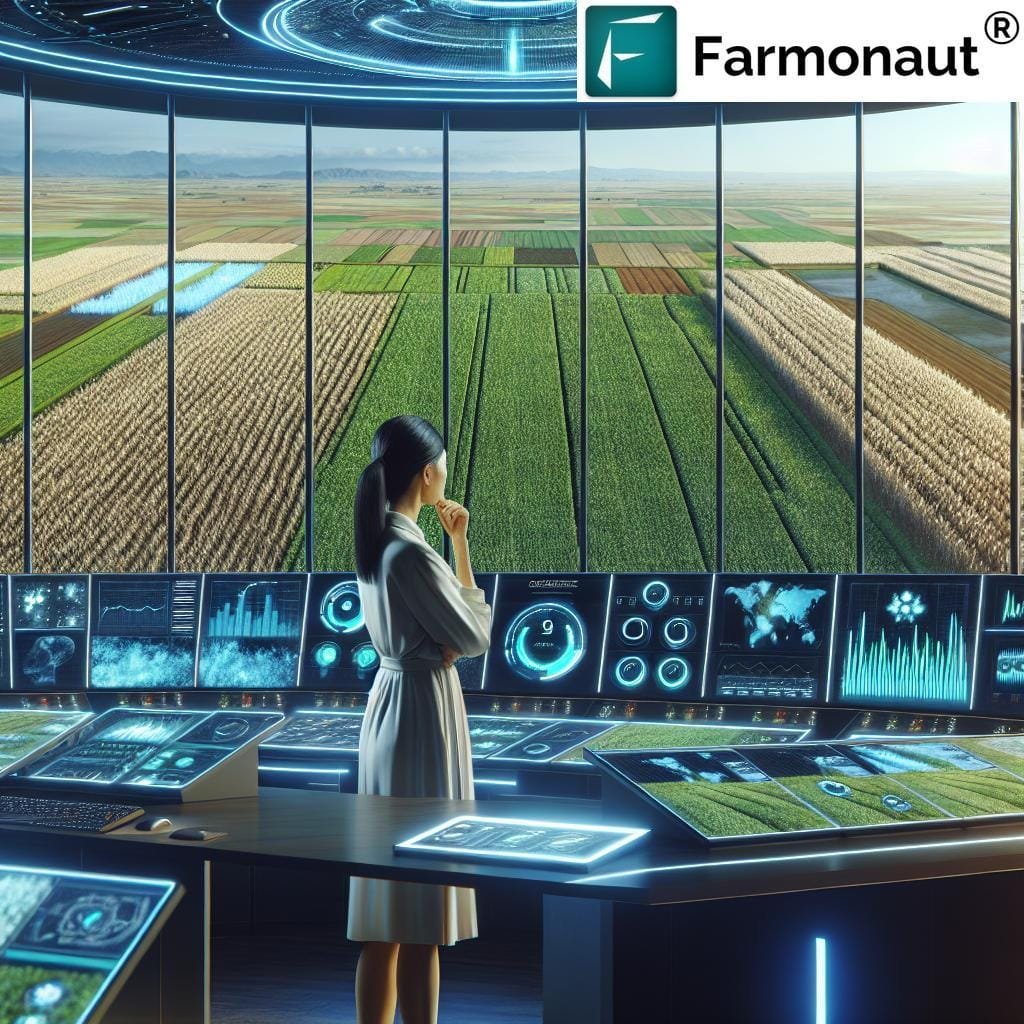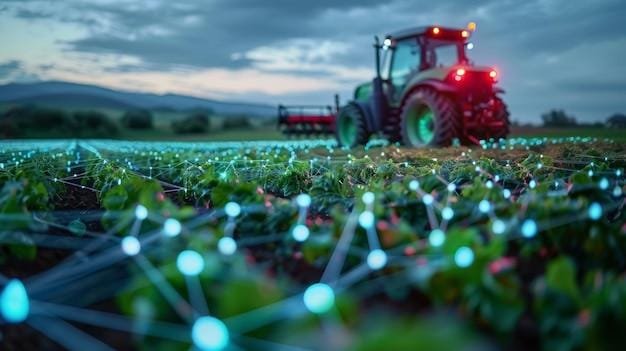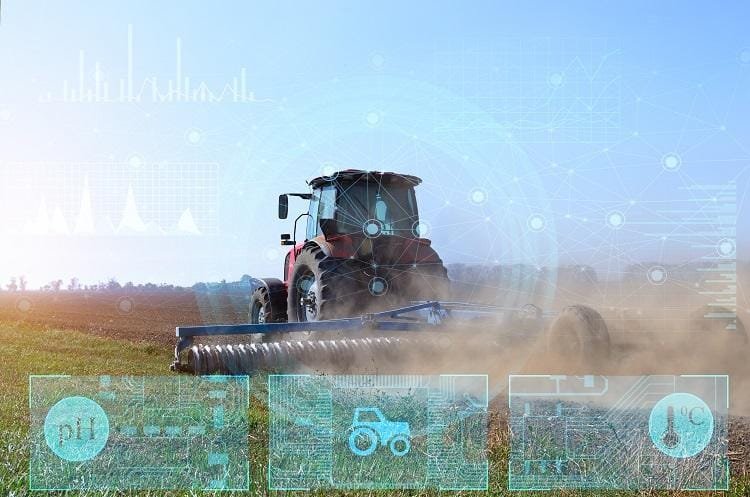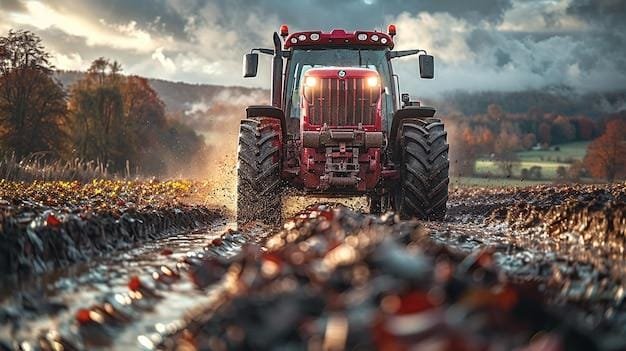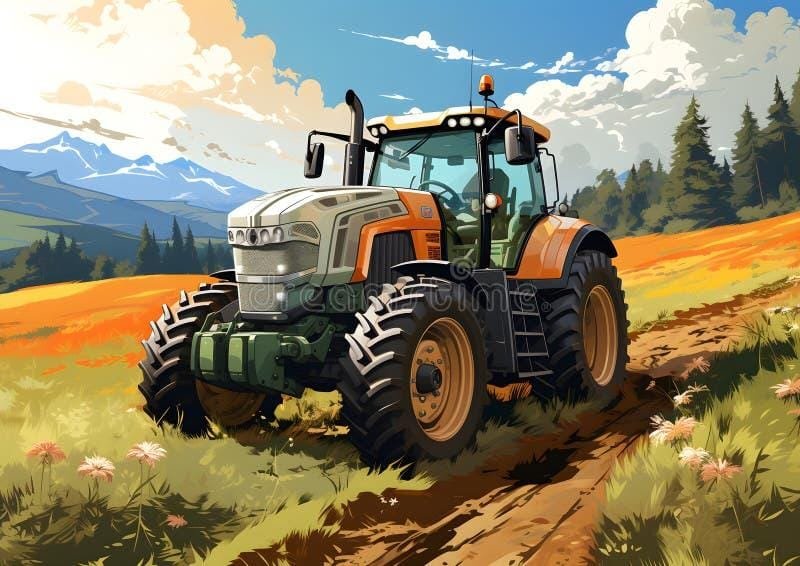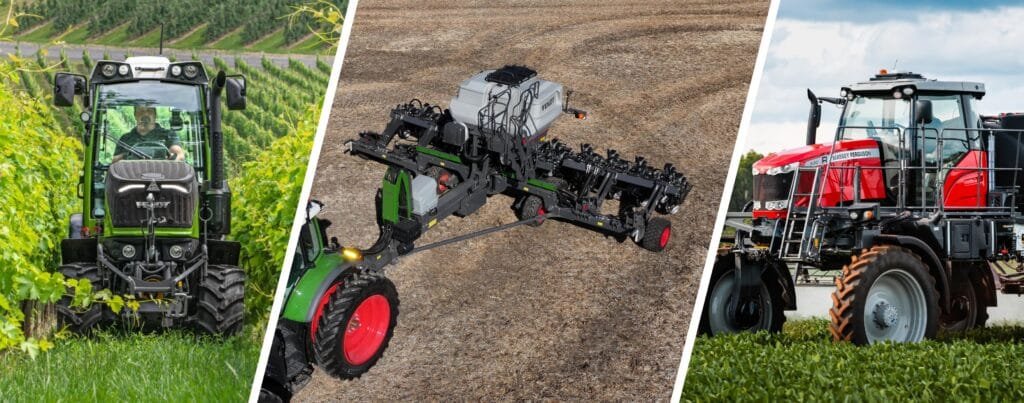In farm belts where iron and earth converge, change is afoot-discreetly powerful, not unlike a chess player repositioning knights behind pawns for an endgame. Tractors today steer themselves, traversing fields without the touch of human hands, guided not by intuition but through the whisper-thin accuracy of advanced GPS correction technology. Grain silos cast their shadows on ground that has itself become something akin to a digital map.
Precision agriculture started absorbing global navigation signals at a time when cattle outnumbered satellites in most people’s minds. With companies like John Deere partnering alongside organizations such as NASA’s Jet Propulsion Laboratory (JPL), tractors became more than mere workhorses-each machine morphed into both laborer and mathematician. Notably, in 2004 John Deere adjusted its StarFire receivers to utilize NASA’s network of ground stations-a move that granted farmers sub-inch precision as they maneuvered across sprawling acreage.
Still bemused by their newfound capabilities some operators look up from dashboards displaying real-time analytics-plant stand density mapped in radiant overlays-to recall how just decades ago plowing straight lines relied on practiced guesswork and sharpened eyesight. Self-driving tractors have now adopted auto-steer mechanisms powered by hyper-accurate satellite corrections; no longer dependent on potential errors introduced by fatigue or poor weather visibility.
The Role of GPS Correction Technology
A crucial aspect often overlooked outside agrarian circles is the fine dance between satellites and ground infrastructure required for high-precision field operations. Basic GPS offers location data accurate to several meters-not typically close enough when applying fertilizer strips measured in inches. By leveraging augmentation systems such as Real-Time Kinematic (RTK) corrections or using fixed reference base stations broadcasting error adjustments back to machines roaming remote fields, positional accuracy tightens dramatically.
Auto-guidance technology lets self-driving tractors execute complex field tasks with uncanny regularity: parallel rows don’t meander despite sloping terrain or variable soil resistance. Minor drift becomes unlikely; even repeated passes weeks apart remain aligned due to preserved digital path records transmitted via wireless links between machinery-a setup that wasn’t especially considered feasible twenty years earlier.
Sometimes this advancement seems so seamless it feels more like sorcery than tractor mechanics. With swerve patterns carefully minimized during headland turns, patches of over-application give way to lean efficiency-the phrase “belt-and-braces approach” springs naturally to mind but perhaps doesn’t quite capture how thoroughly computational redundancy has displaced old comfortable habits.
Yet within this digital choreography sits an odd aside: while talk abounds concerning autonomous cars’ future arrival en masse on public highways, these robotic tractors have quietly shared rural landscapes for well over ten years-and continue advancing faster than many urbanites might estimate. Perhaps it was inevitable; after all, rural ingenuity sometimes gets ahead while city folks chat about disruption from afar.
Impact Across Farm Operations
Self-driving field equipment isn’t limited simply to plowing-it digs deeper figuratively and literally.
- Automated seed planters ensure corn kernels drop with nearly flawless spacing per input prescription files authored days before planting begins
- Fertilizer spreaders adjust rates dynamically according to yield maps recorded last harvest season
- Irrigation implements wander pre-drawn waterways following routes optimized not just for speed but evaporation minimization-a nod toward resource conservation rather than simple productivity alone
Farmers report less operator fatigue since cockpit vigilance shifts toward monitoring status screens rather than manipulating steering wheels hour after hour under glaring sunlight or icy drizzle. Strangely though-and here lies the switchback path-the removal of direct human control has paradoxically reemphasized domain knowledge; interpreting prescriptive algorithms takes real insight built upon generations with soil beneath fingernails.
Rather counterintuitively considering decreased labor requirement per acre tilled, knowledge transfer remains vital during generational handovers-from those remembering hydraulic leaks patched midday beside hedgerows now staring at error messages reading “terrain compensation sensor uncalibrated.”
Toward Autonomous Ecosystems & Unexpected Developments
Tractor autonomy also vegetables into vertical stacks: swarms coordinated across different machines are tested today (sometimes successfully), synchronizing implements via cloud-hosted software modules drawing data from both orbital sources and terrestrial relays.
It’s possible though-if one examines trends sideways-that this movement won’t spark looser attachments between humans and land stewardship after all; instead devotion may deepen precisely because each decision echoes farther throughout networked agro-systems.
By harnessing ever-evolving guidance protocols along with near-invisible correction layers drifting thousands of miles overhead-invisible hands always steering slightly rightward-advanced agriculture answers two questions simultaneously: how do we grow more food using fewer resources? And what happens when minute-by-minute choices transcend manual knacks learned millennia ago?
You could say it isn’t exactly reinventing the wheel so much as programming it anew-to roll truer under tomorrow’s constellations where hitchhiking electrons are pulling double duty. Someone once quipped farming is part science fiction already lived out every spring; maybe now it’s only science catching up with folklore turned practical advice whispered around worn barn doors at dusk amongst neighbors swapping tales stranger than fiction but anchored deeply in newly plowed furrows.

